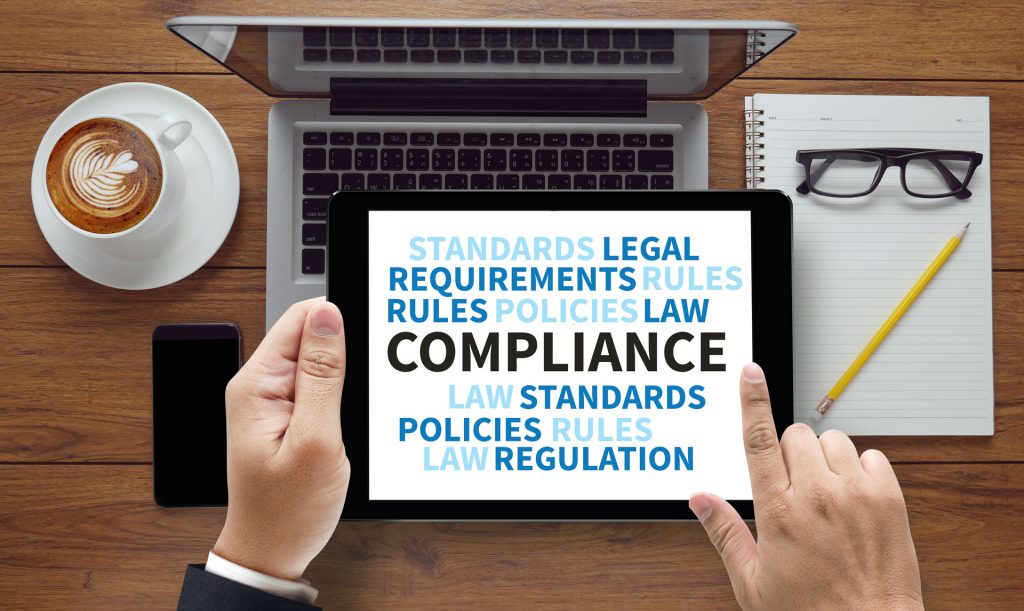It is a common practice for schools, cities and counties to allow for unlimited or substantial accumulation of sick and vacation leave. Employers may pay out these large banks of leaves when the employee separates from service or retires. Employees receive the cash equivalent of some or all of the accumulated leave.
Proposed IRS 457(f) Regulations
Under the recently proposed 457(f) IRS regulations, this type of arrangement may not be considered a “bona fide” sick and vacation leave plan, rather it’s a type of non-qualified deferred compensation. If the new regulations determine that this type of plan is, in fact, deferred compensation, employees would be subjected to a tax liability equal to the value of the unused leave. The liability would recur in any year that unused leave rolls over, regardless of when the employee receives the funds.
We do not expect these proposed regulations to become effective prior to January 1, 2018. However, stay tuned to this blog to keep abreast of any changes to these proposed legislations. In the meanwhile, National Insurance Services (NIS) and our partner, MidAmerica will be following these regulations closely and working on developing alternative solutions in case these regulations do pass.
Possible Proposed Solutions
There are many questions on the table about these proposed regulations, including timing and whether or not there will be safe harbor or grandfathering provisions. NIS and MidAmerica have formed a joint committee that meets weekly to discuss any new information regarding these regulations. We have also been discussing solutions we can offer. The committee has been working with our attorneys on solutions and has provided these to local school business associations. Currently, we are modeling three categories of proposed solutions, should the IRS decide not to craft a safe harbor provision:
- If your plan is not a “bona fide” plan according to the IRS, one option is to leave the plan design the same but change the timing of the payments, if necessary, to better align with the regulations. To support organizations who choose this option, NIS and MidAmerica are considering developing a compliance service. It would provide advice and oversight on your plans to ensure you are properly recording the tax liabilities.
- Another option may be to change your non-compliant plan into an IRS-defined “bona fide” sick/vacation plan. This change would require modification that may reduce the value of the benefit for your employees. This however may be problematic in a bargained environment. To offset these potential losses, you may be able to change to a severance plan based on years of service instead of accumulated sick/vacation days, implement a defined contribution plan or deposit the dollar equivalent of any roll-over exceeding the annual IRS max into a tax-deferred or tax-free vehicle such as a 403(b) or HRA. Additionally, NIS could provide a short-term disability plan to bridge the gap between the end of sick leave and the point at which long-term disability benefits kick in. Also, certain timing on payouts would keep this plan compliant.
- And finally, another option may be to add a vesting schedule to the accumulated leave. This would create a substantial risk of forfeiture until vested. The benefit would not be taxable until the vesting schedule is reached and there is no longer a substantial risk of forfeiture. Once vested, the employee can “forfeit” their sick leave/vacation balance and then the dollar equivalent can be deposited into a vehicle without tax consequences. Again, certain timing on payouts would need to be followed.
Restructuring Retiree Benefits
Optionally, now may be an opportune time to consider restructuring your retiree benefit plan. This would involve changing your plan from a defined benefit plan to a defined contribution plan. Many of our school district clients have embarked on this journey and have been very successful, even in bargained environments. This solution would reduce your unfunded OPEB liabilities, serve as an employee retention tool (when you add a vesting schedule), as well as avoid any potential issues once the rules become final. To learn more about this, watch this video series on the restructuring process, or contact your NIS Representative.
The IRS is still open to receiving comments even though the comment window has closed. We encourage you to write to them. To help you craft your letter, feel free to download our template.
